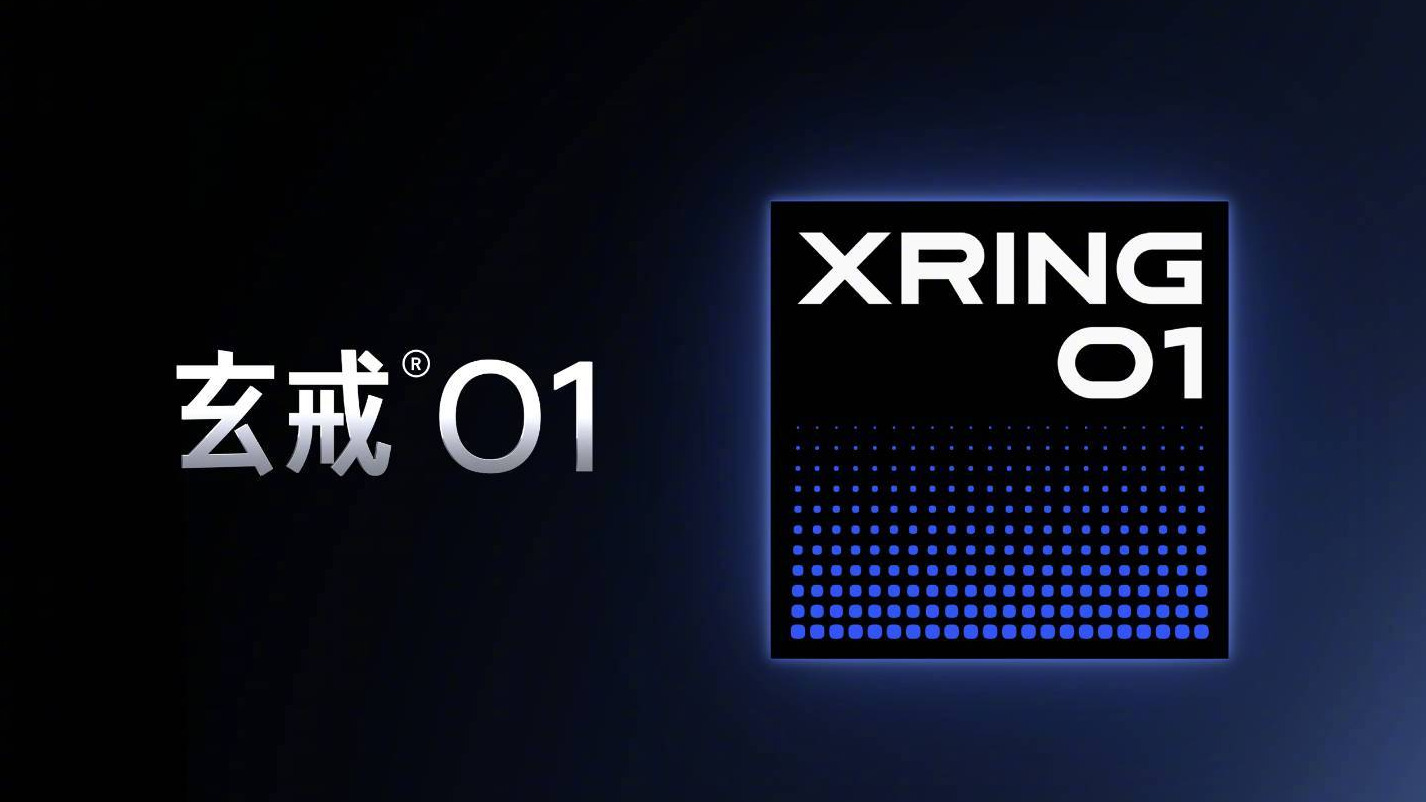U.S. ban on EDA software hits Chinese tech companies hard — Xiaomi, Lenovo among affected
This will make it harder for Chinese tech companies to design their own chips for manufacturing at TSMC.

Washington cracked down on semiconductor design software exports to China, banning companies like Synopsys and Cadence from issuing licenses to tech companies that use their software to build advanced chips. While this ban is unlikely to stop these companies from using the electronic design automation (EDA) software they already have, it will prevent them from getting updates and the required technical support needed to continue designing chips for manufacture in Taiwan, says the Financial Times.
Xiaomi is one of the bigger companies to be affected by this move, especially as it just launched the XRing 01 SoC, which uses a 3nm process node from TSMC. Lenovo, which took over IBM’s Consumer PC business, and crypto mining hardware specialist Bitmain, also use American EDA software, so they’re expected to be affected by this ban as well.
This will only impact the most advanced chips, especially those used for AI processing. Less advanced semiconductors, like those used for smartphones and other mobile devices, will likely be exempted, but we will only know for sure when the White House releases the document containing all the details of the ban.
Aside from that, China has also been working on its own EDA tools to reduce its reliance on American tech. Huawei is one of those, especially as it was one of the first major Chinese companies that received a blanket ban from the U.S..
Empyrean and Primarius Technologies also make their own respective EDA systems, while Semitronix focuses on electrical testing and semiconductor yield improvement. Chinese EDA systems still aren’t on the cutting-edge of chip development, but sources say that they’re good enough to work with older 7nm nodes and up.
The Financial Times also reported that smaller companies use pirated versions of EDA software from Synopsys and other U.S.-based companies. One analyst told the publication that it’s easy to hack into the software to use and support it without a license, which is one of the reasons why the demand for these apps is lower compared to industry growth in China.
This ban will negatively affect China’s capability to design and manufacture the most advanced chips in the short term, especially when paired with the various other sanctions that the U.S. has applied to the country. However, this will also provide Chinese companies with greater reason to push forward with their own innovations, potentially making them a threat to American technological supremacy in the long run.
Get Tom's Hardware's best news and in-depth reviews, straight to your inbox.
Follow Tom's Hardware on Google News to get our up-to-date news, analysis, and reviews in your feeds. Make sure to click the Follow button.

Jowi Morales is a tech enthusiast with years of experience working in the industry. He’s been writing with several tech publications since 2021, where he’s been interested in tech hardware and consumer electronics.
-
abufrejoval I can't help but think that this is a good thing...Reply
...for the Chinese EDA tools industry.
Which will then come after the incumbents with a vengance.
Generally it might also obscure whatever insights EDA vendors today might still gleam from integration work with Chinese fabs and their PDKs.
Very little long term gain I can see, just more short sighted interventionism. -
doomtomb They should've done this a long time ago. Hard to put the cat back in the bag after the milk's been spilt all over everyone's shoes and the balloon popped upsetting Mary at the birthday party. The current EDA that they've already accessed will still be good for a long time, plus they just clone their own.Reply -
roba67 Reply
There are just two EDA companies in the US and they are monopolies. The two monopolies have consistently bought out all competing EDA companies, raised prices 10X and claimed IP ownership.abufrejoval said:I can't help but think that this is a good thing...
...for the Chinese EDA tools industry.
Which will then come after the incumbents with a vengance.
Generally it might also obscure whatever insights EDA vendors today might still gleam from integration work with Chinese fabs and their PDKs.
Very little long term gain I can see, just more short sighted interventionism.
A ban on sales of EDA software tends to destroy any chance of IP enforcement when China creates their
own or cracks existing licensing. -
Geef China shouldn't need to worry. From the stories put out around once a week here on Tomshardware their companies make tons of chips and equipment that 'may' be faster than the best out there!Reply
Unless of course, those stories... weren't true... -
BillM12 Unless the anti theft (licensing) security has improved for EDA software, many companies can crack the licensing code and freely use/copy application software. This ban may do NOTHING to prevent illegal usage. This would be software that is loaded on local machines. IF the application software is cloud based, maybe this will preset illegal usage...maybe.Reply -
phead128 Reply
US already played it's most powerful card during the October 2022 sanctions. They didn't ban EDA because they know Chinese software companies can easily fill the gap, either their own solutions or cracked versions.roba67 said:There are just two EDA companies in the US and they are monopolies. The two monopolies have consistently bought out all competing EDA companies, raised prices 10X and claimed IP ownership.
A ban on sales of EDA software tends to destroy any chance of IP enforcement when China creates their
own or cracks existing licensing.
For example, Chinese EDA champion Empyrean can now "fully support" 7nm nodes, and working on 5nm nodes. It's too little, too late for these sanctions. -
AkroZ Reply
If it is cloud based you can just buy a licence, you just put another country on the billing, if they add ip checks you use a vpn.BillM12 said:Unless the anti theft (licensing) security has improved for EDA software, many companies can crack the licensing code and freely use/copy application software. This ban may do NOTHING to prevent illegal usage. This would be software that is loaded on local machines. IF the application software is cloud based, maybe this will preset illegal usage...maybe.
For desktop applications you can also buy licences regardless of your country, when asked for your country just don't put China. -
abufrejoval Reply
I wonder how useful EDA software can be unless it's tuned to work with the fab that will produce those chips.BillM12 said:Unless the anti theft (licensing) security has improved for EDA software, many companies can crack the licensing code and freely use/copy application software. This ban may do NOTHING to prevent illegal usage. This would be software that is loaded on local machines. IF the application software is cloud based, maybe this will preset illegal usage...maybe.
I guess early functional development might work with unlicensed variants, but when it comes to layout optimization and validation, my understanding is that it requires integration to physical design tools via the EDA vendors.
And that wouldn't be a one-time effort, but something that needs re-doing every time the fab comes up with new tricks on how to create finer structures without resorting to EUV.
Of course, as a softie, I am way outside my knowledge domain, but feel safe to say that China's would have to develop a lot of the software required to fab chips anyway and that now they have much higher motivation to vertically expand that stack domestically.
And once they do, they're likely to have plenty of takers abroad.
These bans and tariffs can't really work long-term and the US of A should know best that sometimes tariffs on things like tea only hasten political change to compensate. -
Zizi Mai Huawei already have their own EDA tools software for developing Kirin chips. This issue is an internal one for China as Xiaomi & others are competitors to Huawei. That's the reason these companies have not fully gone down hand in hand with Huawei's creation thus far. But they know sooner or later, the US ban will affect all Chinese tech companies, hence greater collaboration needed between all Chinese tech companies.Reply